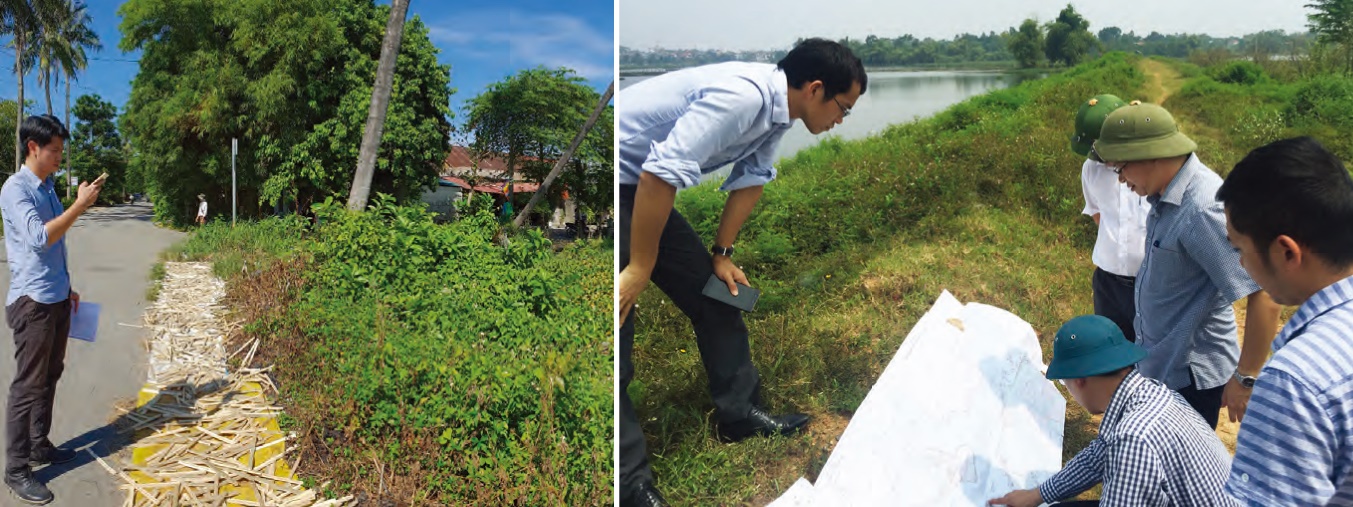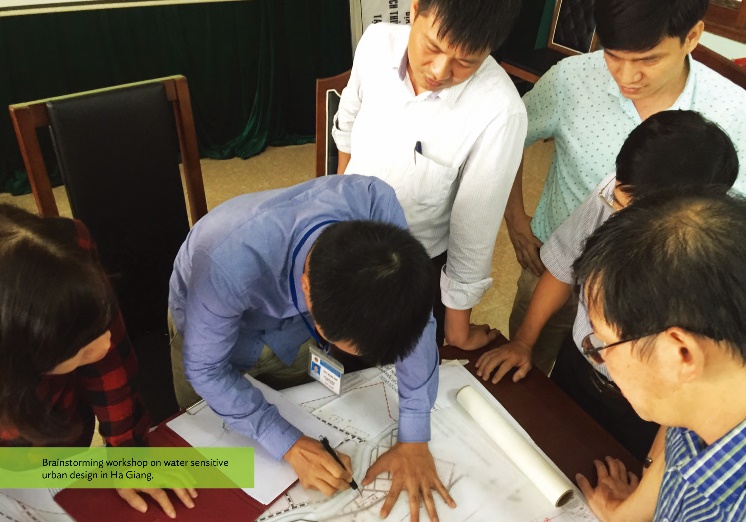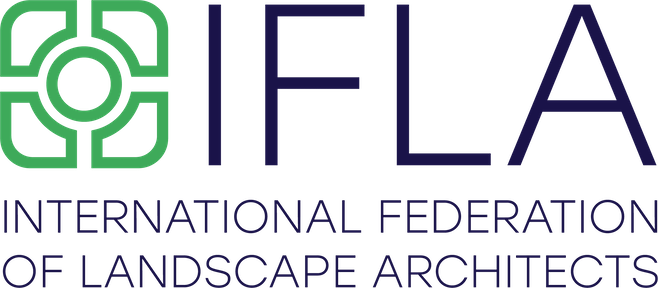Landscape Architects in the Conversation of... Urban Planning
Introducing the article from ASLA Dirt: Landscape Architects Must Become Planners,
Landscape architects need to become urban planners and work “upstream” in policy and regulatory process to ensure public space leads urban placemaking efforts.
Echoing to the discussion in the article, author had some rare chances to be involved in high-level policy making process of upstream urban planning. Under the guidance of Asia Development Bank, Ramboll Studio Dreiseitl was committed to advice large-scale framework for Vietnamese cities to implement nature-based solutions along their waterfront environments. Landscape architects played a central role in planning the process of urban development, which intended to holistically integrate flood risk mitigation scheme, ensure high-quality public space and revitalize ecological values. The report can be found here.

Img 1; Interactive discussion on blue-green infrastructures in Vietnam cities with local stakeholders. Photo Credit: Asia Development Bank.
In a context where grey hard infrastructures take significant precedence, changing mindset is always a challenge. Benefits of nature-based solutions; aka green infrastructure, water sensitive urban design, must be properly explained, even though some benefits are non-transferable to money, especially to highlight their multi-functionality—adding values to public amenity, health, ecology, and property price etc. From the engagement, I learned that the difficulty is how to convince the policy makers from both short- and long-term prospective / scenarios.


Img 2; Site visit and brain-storming sessions with local planners and engineers. Photo Credit; Asia Development Bank.
Because of the nature of what we do, landscape architects need to collaborate with local planners and engineers, in order to carefully understand the conditions and context. Together with their inputs, you will be tasked to quickly interpret site’s characteristics, such as, climate, institutional framework, socio-economic structure, people’s lifestyle, soil, etc., and strategize planning parameters and priorities. Lastly, but not least, you will also be asked to advise on technicality and feasibility of space making as well as people’s experiential aspect. Do you think this series of tasks is too difficult? But, yes, we should be capable of doing all this, since we are well-trained of jumping scales; from regional scale analysis to human scale spatial design. Hope to see more landscape architects involved in the process of high-level urban planning initiatives.

